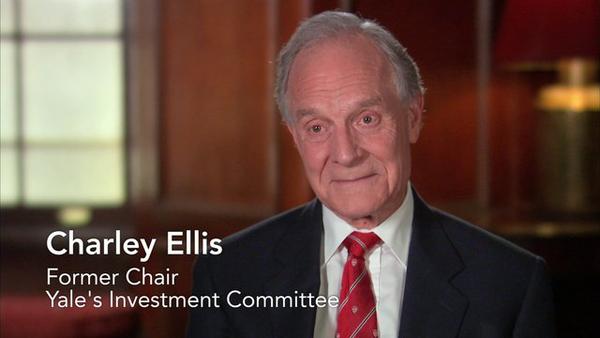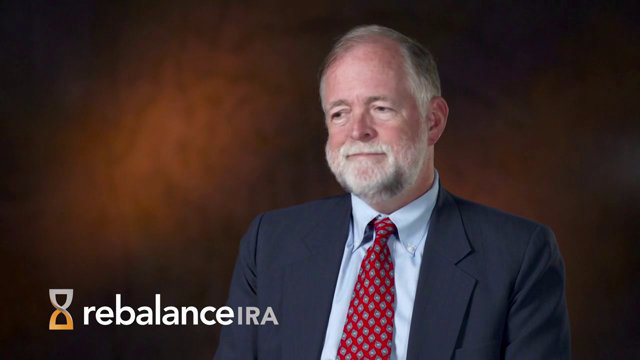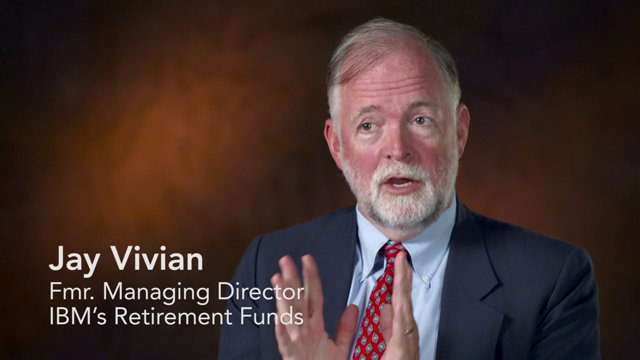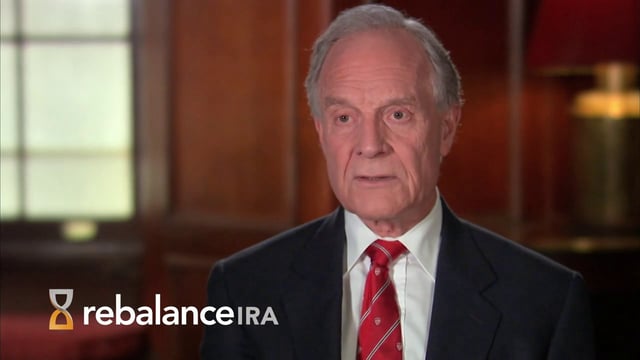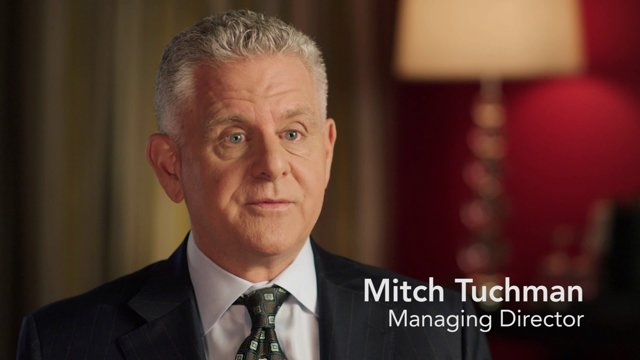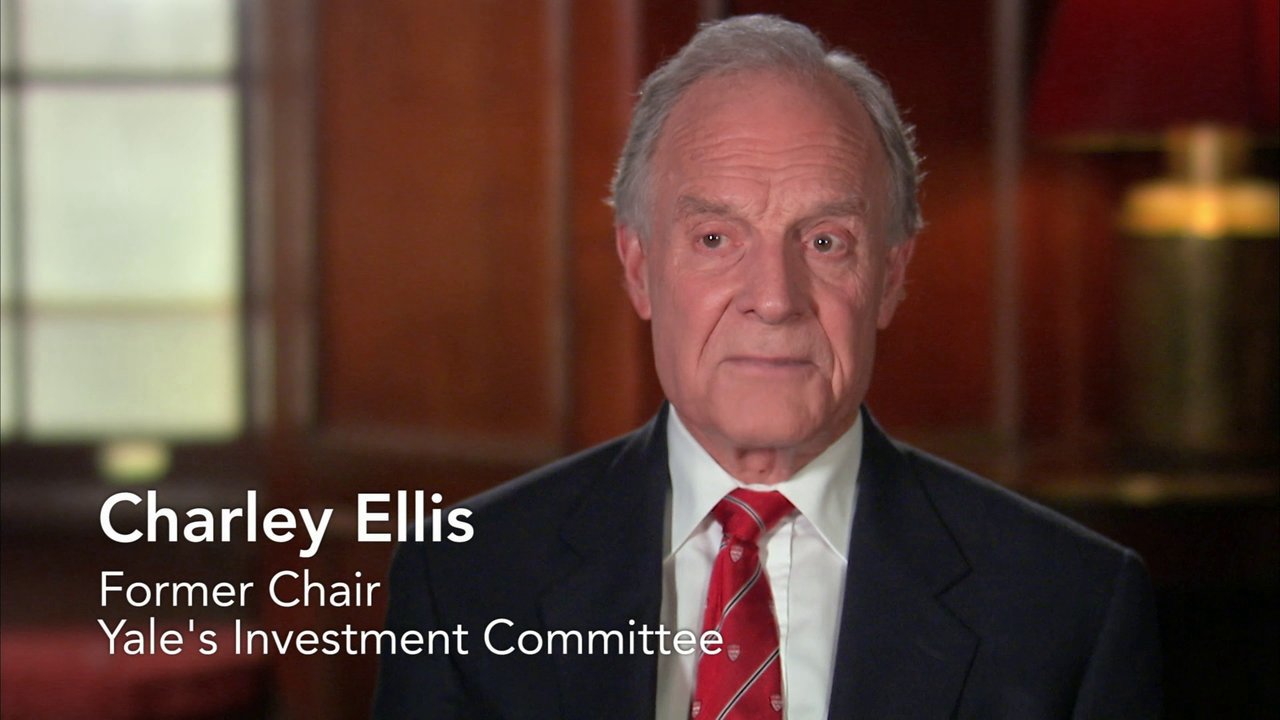Jay Vivian: Traditional active investing is, you hire some smart people and they try to figure out how to buy things low and sell them high. That’s the classic way to make money. And if you can do it consistently, it’s a great thing to do.
Thirty, 40 years ago, a couple smart people looked at the data and they said, “You know, the market is just all of us together. And there’s no way that everybody can beat the market because the market is all of us together.” So if everybody ‘beats the market,’ then the market is better and everybody didn’t beat the market.
So a bunch of smart people got together and they said, “You know, we can achieve market returns but we don’t have to pay all those smart guys on Wall Street the high fees that they have to do to buy the research and to buy the data and to pay for the analysts and to pay for their yachts,” and all that kind of thing.
So what they did was they kind of invented another approach which is called indexing, or passive investing. And what you do there is you throw your hands up and you say, “You know, I’m just not as smart as those guys are, and I’m not as expensive as those guys are. And if I just buy the market and hold it I don’t have to pay for expensive analysts. I don’t have to pay for research. I don’t have to pay for computer systems and Russian rocket scientists and my yachts. I can just pay for holding those stocks. I don’t even have to buy and sell them.”
And so that’s indexing. Indexing is you just buy a representative portfolio that looks like the index and you hold it and you’ll achieve a market return. And, yeah, some of the active investors might beat you. Data shows, time and time again, university after university, researcher after researcher, that on average those people are going to underperform the market, on average.



